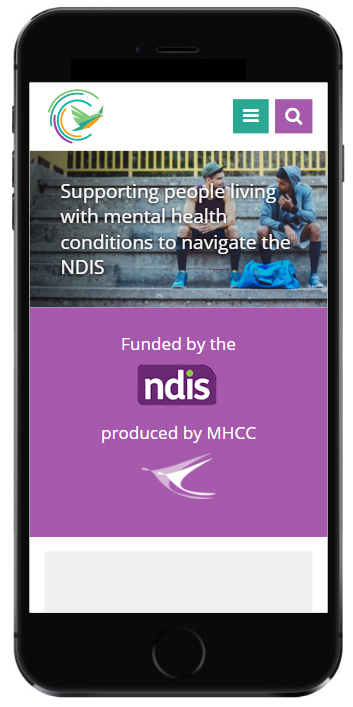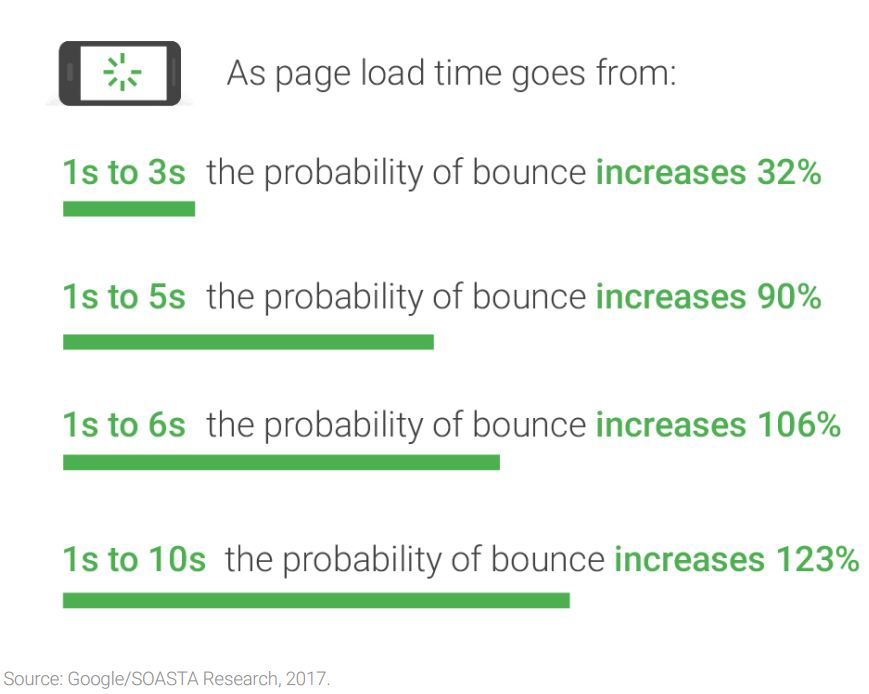So you’ve got together a budget (or a grant from Google) and you’ve started to drive traffic through online advertising – but you haven’t been seeing any real tangible results. Why is this? And how can you fix this issue?
As a follow up to our post on getting a $10,000 USD per month Adwords grant from Google, we’ve decided to put together the most common reasons for visitors who click your Ad but then “bounce” (clicking away immediately) and some things you can do to remedy this.
Common Reasons For Bouncing
Here are some of the common reasons why visitors will “bounce” away from your website.
1. Your website is loading too slowly
According to Google’s extensive research, you ideally want your website to load within 3 seconds (faster is better). Users have low patience for slow loading websites and so if your website loads too slowly, they will go elsewhere. Meanwhile your advertising platform will still charge you for the “click,” essentially “wasting” your advertising budget.
There are some tricks and tools you can use to check your website’s loading speeds. Check out our sister website’s blog post (OPMC) about optimising your website’s loading speed.
2. Your landing page should be customised to align with your advertising message
One of the most common mistakes NFPs make when advertising online, is to send visitors straight to your homepage without considering what your advertising message is saying.
For example, if you are advertising to fundraise for a specific event, it should link visitors straight to the fundraising page (where you should have additional information).
Many NFPs make the mistake of linking straight to their homepage, which can contain a lot of irrelevant information and expect the visitors to browse through and find the correct page.
This almost always results in a bounce as most people won’t be willing to go through the hassle. So make sure that you have a separate page dedicated to your advertisements and that the information is easy to find and read.
On top of having a customised page to link for your Ads, your landing page should be clear and have a single, clear Call To Action (the action you want your visitor to take, whether that’s filling out a form or asking for a donation).
3. Your website is not optimised for mobile devices
These days, all of the major advertising platforms allow advertising to mobile devices. In fact, a lot of the time, you’ll find that your most cost-effective traffic is coming through mobile.
This means users browsing through on their mobiles will reach your website on a smaller screen.
If your website is old or not optimised for mobile devices, this may result in a bounce as the information may be too difficult to navigate.
Here’s an example of the differences between Mobile and Desktop versions (for a website we designed for Non-profit organisation, Reimagine Today)

4. Your call-to-action is asking for too much commitment upfront
If you ask people for too much commitment upfront (e.g. asking immediately for a donation), this may increase bounce rate. Generally online, people have higher resistance as it is easier to say no and simply click away (when compared to face-to-face).
It’s not that they don’t want to support your cause, as they may do so in future. It’s just that they are not ready to commit straight away.
But if they make a small commitment first, it will make things easier to ask for a second, slightly larger commitment.
So for example, instead of asking for a donation straight away, you could get their email and name. This is much easier to obtain than getting them to get their credit card to donate.
Once you have their name and email, you can set up an automated email that thanks them for showing support and also ask them to share your message with a friend (so now they’ve made a second, slightly larger commitment).
Then contact them again a few days later and with some more information about your cause and the positive change the reader can make. With this information you can include a call-to-action that asks for a donation. This is far more likely to work than asking for a donation upfront because you have built a relationship with them and they have made several small commitments.
5. Your advertising message is being sent to the wrong people
The last point we’d like to touch on has little to do with your website, but can also be a major reason why people are bouncing.
If your advertising message is unclear or you are targeting the wrong audience (e.g. people who don’t have the financial leeway to donate), you may not get the results you want.
This requires advertising experience and optimisation of your Ad Campaign, which is beyond the scope of this blog post – but some general principles to follow are:
- Begin with a small, specifically targeted audience (e.g. women, aged 34 – 45 who are interested in volunteerism). Once you have some good results, you can start broadening out to a larger audience.
- Keep a close eye on how much you are paying per clicks. Most advertising platforms are based on a bidding system so the more competitive the advertising medium is, the more it will cost per click.
- Use simple, clear wording in your advertising copy. Use short sentences and simple words to make your message crystal clear and free of misunderstandings. A useful tool to use to check your readability is the free Hemingway Tool.
- Make sure to test different Ads / Creatives. There is something called “Ad Fatigue” where if your Ad is shown too many times, performance will decline as people get too used to seeing it.
- Make sure you have Retargeting Ads set up (if your advertising platform allows it) to retarget visitors who bounce away without following your call-to-action.
We hope that these points give you some insight into why visitors are bouncing off your website – if you need any help with website optimisation, please don’t hesitate to get in touch with us.


